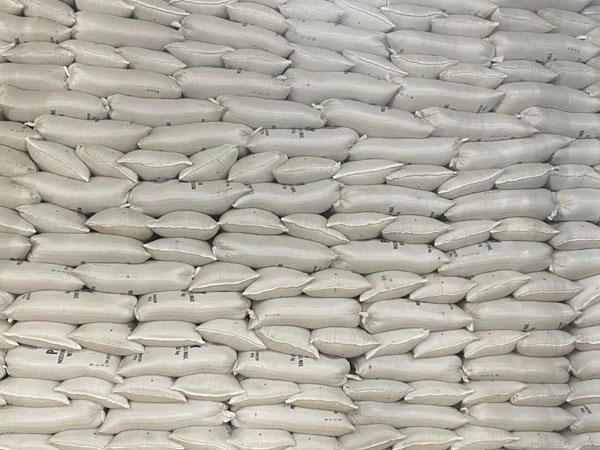 HOUSEHOLDS who will enjoy the P20 per kilo rice have taxpayers to thank for the cheaper cost of the staple, according to Ibon Foundation Inc.
HOUSEHOLDS who will enjoy the P20 per kilo rice have taxpayers to thank for the cheaper cost of the staple, according to Ibon Foundation Inc.
In a statement, Ibon explained that bringing down the cost of rice to P20 per kilo from the prevailing cost of P45 per kilo will be made possible by the subsidy to be extended by national government and local government units.
Ibon noted that the P45 per kilo price of rice was obtained from the Philippine Statistics Authority (PSA), much higher than the P32 to P33 per kilo estimate of the Department of Agriculture (DA).
“The price difference, according to the agriculture secretary, will be shouldered by the national government and local government units,” Ibon said.
Ibon Foundation Executive Director Sonny Africa told BusinessMirror that about 85 percent of national and local government funds are financed through tax collection.
“The program set to be launched in the Visayas will sell at most 10 kilos per week per indigent or low-income family. The budget for the program is estimated at P3.5-4.5 billion,” it added.
Ibon stressed that this latest rice program was merely a stop-gap measure and that the real solution is to increase rice production.
This can only happen if the national government and LGUs provide protection and subsidies for small farmers and the agriculture sector in general.
“It is just like all the other cynically superficial and tokenistic measures it has been rolling out—maximum suggested retail price, Kadiwa program, food stamps, and declaring a food security emergency,” Ibon said.
“Rice and other food prices can be sustainably lowered but only with a long-term strategy of steady protection and subsidies for small farmers and Filipino agriculture,” it added.
Ibon also estimated that the Visayas has 900,886 poor families based on the latest Listahanan 3. The budget to subsidize the cost would only be good for about 20 weeks or five months.
This would also exclude 4.1 million Visayan families who will have no choice but to continue paying for the normal expensive price for rice.
“Listahanan 3 identifies 5.6 million poor families nationwide. If the ‘P4.5 billion’ budget is for all of them they can be subsidized for a little over three weeks—about 22 days. But it’s not as if they’re the only needy Filipino families,” Ibon said.
Further, Ibon noted that the Bangko Sentral ng Pilipinas (BSP) reported some 20.1 million households or 74.4 percent of all households without any savings.
Ibon said the ‘P4.5 billion’ budget enables P20/kilo rice for just a little over six days or less than a week. This, Ibon said, is even less once logistical expenses are taken into consideration.
Last week, the Commission on Elections has cleared the Department of Agriculture’s P20-per-kilo rice program for rollout in the Visayas, exempting it from the election spending ban.
In Memorandum No. 25-07984 released Friday, Comelec Chairman George Erwin M. Garcia approved the request of Agriculture Secretary Francisco P. Tiu Laurel Jr. to exempt the DA’s rice project from the prohibition on government spending during the election period.














© Copyright 2025 The SSResource Media.
All rights reserved.